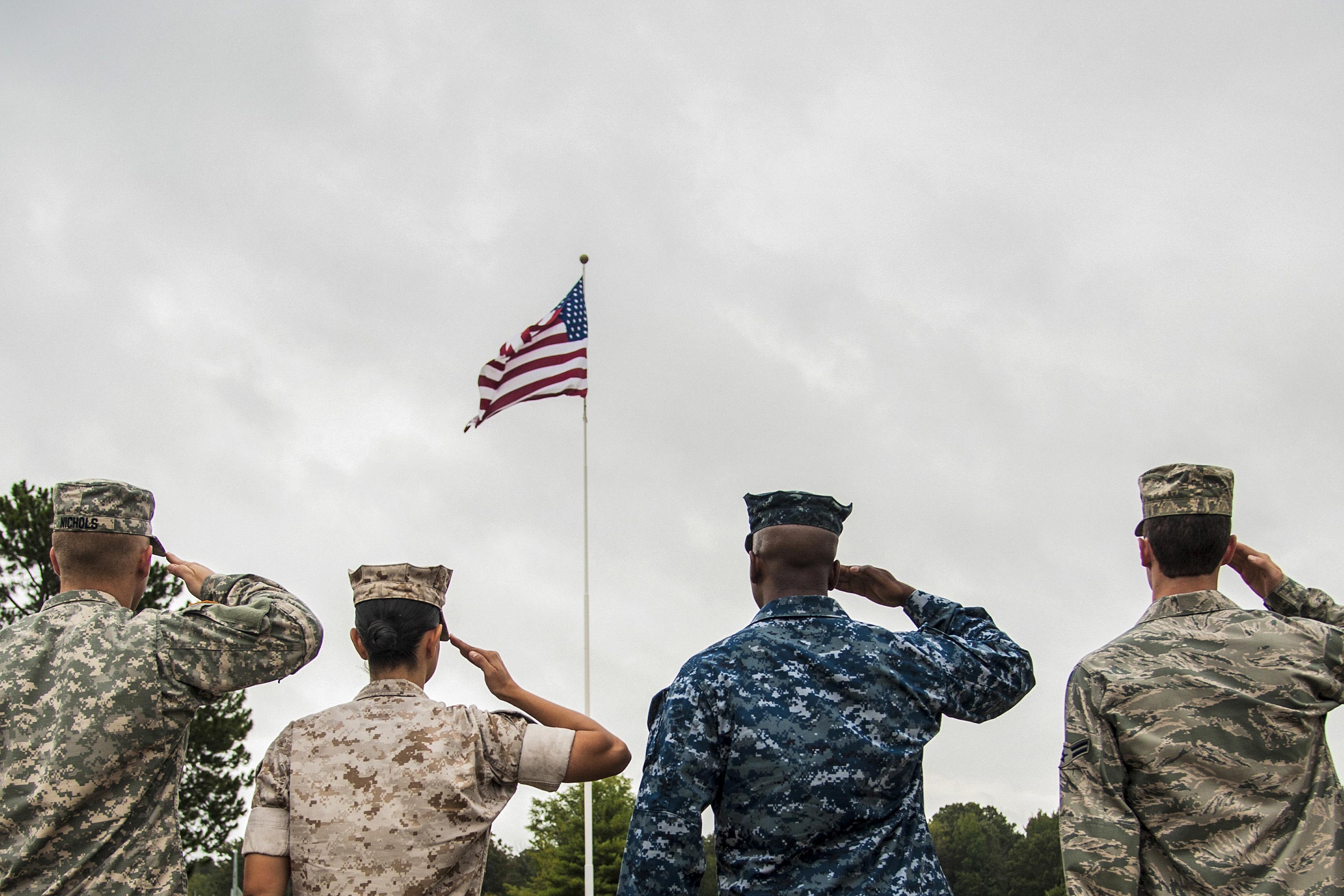


Flag when you're in a vehicle," Gilly said. "One of the biggest customs differences of the Army and Air Force is during the raising and lowering Thomas Gilly, Air Force liaison for the Fort Jackson MEPS, states a contrast between the Army and Air Force.įort Jackson policy states Service members and civilians are to safely stop, exit their vehicles and render proper honors during Reveille and Retreat. The Navy and Marine Corps customs and courtesies are pretty similar, mentions Garfield, while Airįorce Tech. Petty Officer Brian Garfield explained, "It's an advantage working with other branches, we get smarter on all services' customs and courtesies." With different ranks and traditions, there may be some variations when it comes to saluting.Īs the senior enlisted advisor for Fort Jackson Military Entry Processing Station, Navy Senior Chief Armed Forces, civilians and armed forces members from other countries. The salute is a tradition of showing honor and respect.įort Jackson is a training site for all U.S. Many customs a Service member must master is learning how, when and who to salute. Originating in customs, traditions, and even superstitions from our distant past, the salute has evolved from ancient times to become an important part of military etiquette.After pledging to serve, Service members are inculcated with military customs and courtesies. The various forms of military hand and gun salutes are administered by an individual or group as a sign of respect. As in ancient times, it was believed that the hearts of the recently deceased were ajar at such times, allowing the devil to enter! Today, the homage and respect displayed at military funerals is a visible final tribute to those individuals who have served their country. This custom may well have originated in a perceived need to scare away evil spirits "escaping" from the dead. Originally, three rifle volleys were fired into the air over the grave of a fallen soldier. "Eyes Right" is another type of military salute which is rendered by troops in rank when passing in review.Ī unique type of salute is the respect that is rendered over a grave by a military honor guard. There are several types of military salutes - the hand salute, the rifle salute at order arms, a rifle salute at right shoulder, and still another rifle salute at present arms. That practice gradually evolved over time into merely touching the cap, and became the present salute. There is general agreement among scholars that the hand salute is actually the first part of "uncovering" in front of a senior. It seems reasonable to assume, however, that the hand salute as now rendered in the military, evolved to some degree from the British navy.

It became the custom in such times for potential adversaries to approach each other with raised hand, palm to the front, showing that there was no concealed weapon. Because of strict adherence to rank, the junior was required to make the first gesture.Īnother possibility concerning the origins of saluting comes from an age when assassinations by dagger were not uncommon. In the medieval days of chivalry, mounted knights in mail raised their visors to friends for the purpose of identification. The origins of saluting, like so many military customs and traditions, is shrouded in the past, but there are several possibilities concerning its beginnings. By saluting first, no officer implies that he is in any sense inferior to the senior whom he salutes. Accordingly, the salute is a uniform gesture meaning that the highest man in rank returns the salute in the same form in which it is rendered to him. It is a gesture of respect and sign of comradeship among military service personnel. A unique aspect of military courtesy is the salute.


 0 kommentar(er)
0 kommentar(er)
